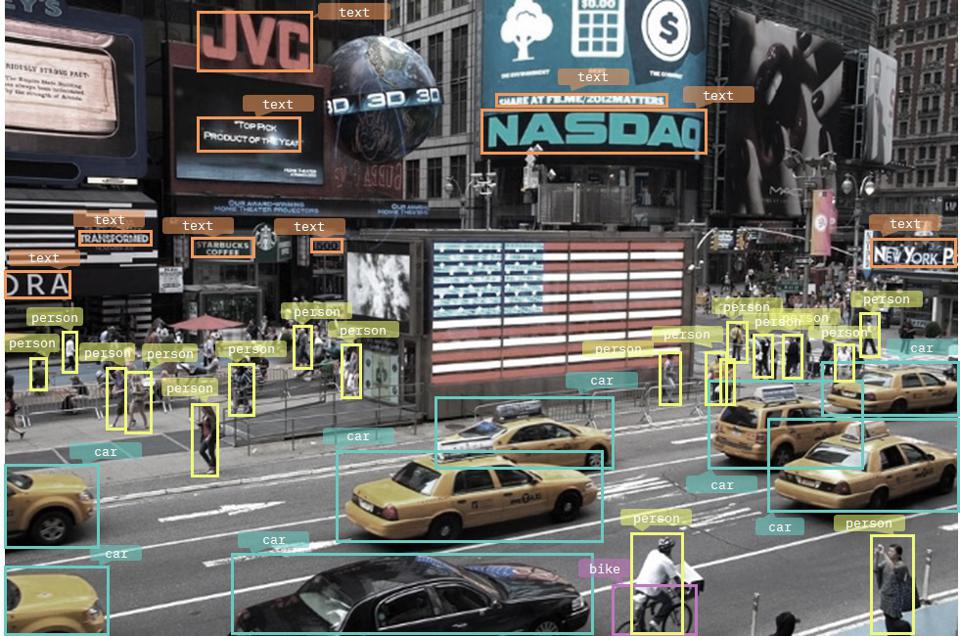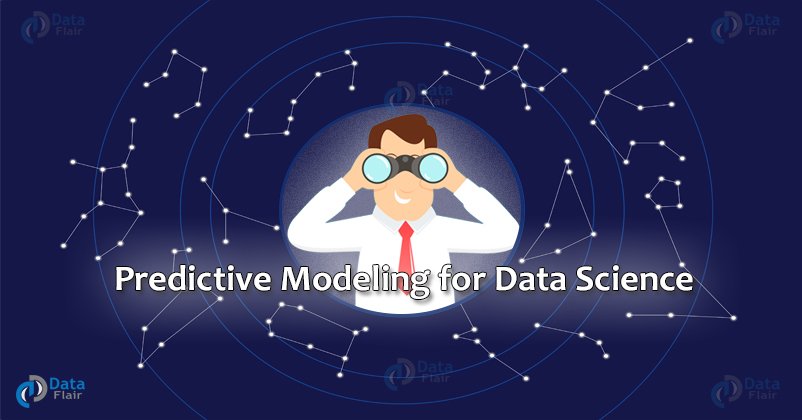
This machine learning introduction will give you an overview of the basic concepts of machine learning. We will discuss the most popular applications of machine learning like image recognition, reinforcement learning and deep learning. The article will also cover the different types of neural networks and how they can be used to improve the quality of predictions and computations. Next, we will discuss deep learning and the application of neural networks. After reading this article, you should be well-prepared to start your own machine learning project.
Deep learning is a subset of machine learning
Machine learning is the process of creating an algorithm and training it to perform tasks based on data. Deep learning uses more layers than the standard three. Deep learning algorithms are more complicated than machine learning counterparts and mimic the human brain's ability to process data and recognize patterns. This technology is used in many applications, including speech recognition and image classification. These are just a few of the many ways this technology can assist you.

Unsupervised learning includes reinforcement learning.
This technique places an agent in an environment that has clear parameters. These parameters define the beneficial and non-beneficial activities and the overall goal. This technique is similar to supervisedlearning. Developers must explicitly program the parameters. The algorithm will run automatically once this has been done. Sometimes reinforcement learning is referred to by the terms "unsupervised" and "semisupervised" learning.
Neural networks are a type of neural network
Artificial neural networks mimic the way that the brain processes information. The human brain is able to make quick decisions when it recognizes handwriting. Based on the features of a face, it may ask a few questions to determine if it is able to recognize facial expressions. Similar to these, neural networks can also make decisions without context. They are an effective way to train neural networks for machine-learning applications.
Image recognition is a well-known application of machine learning
Machine learning can also be used to recognize images. If it is programmed to identify chair types, a computer can immediately recognize a seat from a photograph. Thousands of photos are tagged with the term "chair," and these images are analyzed by the machine. The patterns of pixels can be used to identify the chair in a photograph. It can also recognize images from other categories such as images of cars and flowers.
Neural networks are a subset of unsupervised learning
Unsupervised machine learning is based on the idea of creating a model that can predict future data. The model is comprised of weights, which attempt to model relationships between input data as well as ground-truth label information. The model changes constantly as the neural networks learn to recognize and adjust their parameters. A feedforward neural network architecture is the most basic. Input is fed into the network, and the coefficients convert the input into guesses.

Bayesian methods are one subset of supervised Learning
Bayesian techniques are an important subset of machine learning methods. They are usually used in applications where the objective function is complex, noisy, and computationally expensive. Bayesian methods use a probability model to assess candidate samples in such cases. The objective function is then compared to the candidate samples which are usually data. Bayesian Optimization is a popular choice in this context. Bayesian methods can also be used in supervised learning. In this case, the objective function is modelled in terms of a prior distributive.
FAQ
Are there any potential risks with AI?
Yes. There always will be. AI is a significant threat to society, according to some experts. Others argue that AI can be beneficial, but it is also necessary to improve quality of life.
AI's greatest threat is its potential for misuse. The potential for AI to become too powerful could result in dangerous outcomes. This includes robot dictators and autonomous weapons.
AI could also replace jobs. Many people fear that robots will take over the workforce. Others believe that artificial intelligence may allow workers to concentrate on other aspects of the job.
Some economists believe that automation will increase productivity and decrease unemployment.
What is the latest AI invention
Deep Learning is the latest AI invention. Deep learning is an artificial intelligent technique that uses neural networking (a type if machine learning) to perform tasks like speech recognition, image recognition and translation as well as natural language processing. Google created it in 2012.
Google recently used deep learning to create an algorithm that can write its code. This was achieved by a neural network called Google Brain, which was trained using large amounts of data obtained from YouTube videos.
This enabled it to learn how programs could be written for itself.
IBM announced in 2015 the creation of a computer program which could create music. The neural networks also play a role in music creation. These are known as "neural networks for music" or NN-FM.
Which countries are currently leading the AI market, and why?
China leads the global Artificial Intelligence market with more than $2 billion in revenue generated in 2018. China's AI industry is led in part by Baidu, Tencent Holdings Ltd. and Tencent Holdings Ltd. as well as Huawei Technologies Co. Ltd. and Xiaomi Technology Inc.
China's government invests heavily in AI development. The Chinese government has created several research centers devoted to improving AI capabilities. These centers include the National Laboratory of Pattern Recognition and State Key Lab of Virtual Reality Technology and Systems.
China is also home of some of China's largest companies, such as Baidu (Alibaba, Tencent), and Xiaomi. All these companies are actively working on developing their own AI solutions.
India is another country where significant progress has been made in the development of AI technology and related technologies. India's government focuses its efforts right now on building an AI ecosystem.
How does AI work?
An artificial neural network is made up of many simple processors called neurons. Each neuron receives inputs and then processes them using mathematical operations.
Neurons are organized in layers. Each layer performs a different function. The first layer receives raw data like sounds, images, etc. These data are passed to the next layer. The next layer then processes them further. Finally, the output is produced by the final layer.
Each neuron also has a weighting number. This value gets multiplied by new input and then added to the sum weighted of all previous values. If the number is greater than zero then the neuron activates. It sends a signal down to the next neuron, telling it what to do.
This process repeats until the end of the network, where the final results are produced.
Statistics
- In the first half of 2017, the company discovered and banned 300,000 terrorist-linked accounts, 95 percent of which were found by non-human, artificially intelligent machines. (builtin.com)
- A 2021 Pew Research survey revealed that 37 percent of respondents who are more concerned than excited about AI had concerns including job loss, privacy, and AI's potential to “surpass human skills.” (builtin.com)
- Additionally, keeping in mind the current crisis, the AI is designed in a manner where it reduces the carbon footprint by 20-40%. (analyticsinsight.net)
- By using BrainBox AI, commercial buildings can reduce total energy costs by 25% and improves occupant comfort by 60%. (analyticsinsight.net)
- More than 70 percent of users claim they book trips on their phones, review travel tips, and research local landmarks and restaurants. (builtin.com)
External Links
How To
How to set Cortana for daily briefing
Cortana is Windows 10's digital assistant. It is designed to help users find answers quickly, keep them informed, and get things done across their devices.
A daily briefing can be set up to help you make your life easier and provide useful information at all times. This information could include news, weather reports, stock prices and traffic reports. You can choose what information you want to receive and how often.
To access Cortana, press Win + I and select "Cortana." Select "Daily briefings" under "Settings," then scroll down until you see the option to enable or disable the daily briefing feature.
If you have the daily briefing feature enabled, here's how it can be customized:
1. Start the Cortana App.
2. Scroll down to section "My Day".
3. Click the arrow to the right of "Customize My Day".
4. You can choose which type of information that you wish to receive every day.
5. Change the frequency of updates.
6. Add or subtract items from your wish list.
7. You can save the changes.
8. Close the app